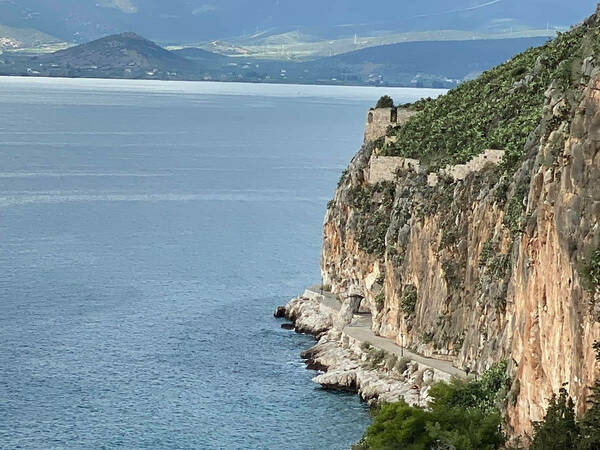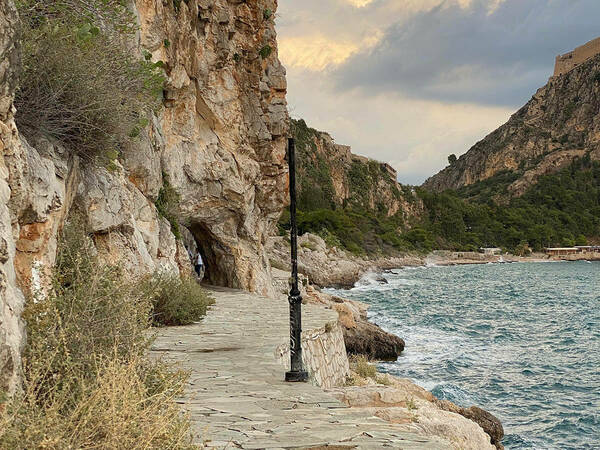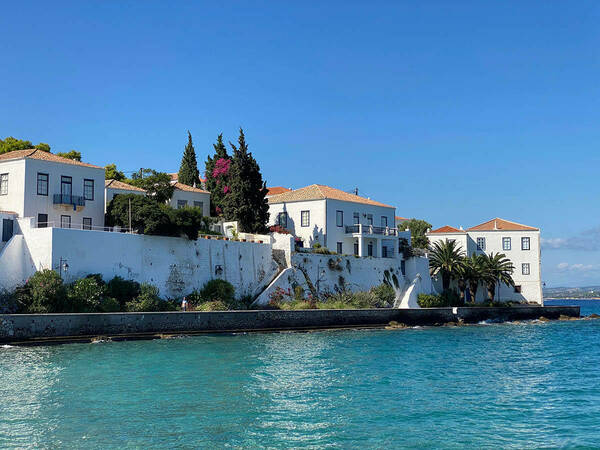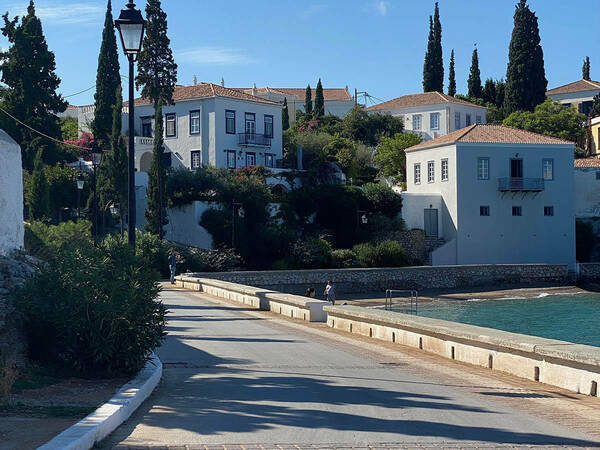
In October 2023, the Nanovic Institute for European Studies supported the travel of a group of fifth-year School of Architecture students to Greece. The students and their professors, Selena Anders and Michael Lykoudis, set out to gain a broader understanding of the cultural and physical dimensions of their semester-long studio project. The project, a new master plan for the fire-ravaged community of Mati, was an exploration of how fire-resistant urbanism and architecture can facilitate the harmonious coexistence of our villages, towns, and cities with the world’s increasingly tenuous relationship with nature and our planet.
What was once unthinkable is now commonplace. Climate change has brought much in the way of more weather-induced calamities, such as torrential record-breaking rains and storms, rising sea levels, and wildfires. The headlines this past summer were full of reports of wildfires here in the United States and abroad. Few areas on Earth have been spared the threats brought on by climate change.
Architects need to travel to understand the history and context of the cultures, cities, and buildings they study. Only so much can be gleaned from books. Students and professionals alike often express how much travel changed their view of a culture.
In Greece, from the 1950s through the 1990s, summer temperatures were in the high 80s (Fahrenheit) with heatwaves in the 90s and, on rare occasions, would nudge the 100-degree mark. Today, summer temperatures are typically in the high 90s, with heat waves into the 100s and occasionally moving past 110. In most of Greece, where the summer weather patterns were hot, they were also dry. Between May and September, one could see a short cloudburst occasionally, but that was a rarity. Humidity was mostly reserved for the mountainside resorts and suburbs.
As a result of climate change, wildfires in Greece are now a daily occurrence. Over the last seven years, more than 20% of the green areas in Attica, the prefecture around Athens, have burned. Concurrently, we see much more humidity during the summer, which makes the higher temperatures even more unbearable. Thunderstorms develop almost weekly during the summer. As recently as last September, torrential rains flooded large parts of central Greece, killing at least 17 people. With fires and floods seemingly ever-present, the future seems almost biblical in foreshadowing the challenges that lie ahead.
Recovery and a 100-year plan in Mati
The seaside community of Mati was settled shortly after the Second World War in the late 1940s and 50s within a densely forested area on the Attic peninsula. For many years, its lush pine canopy offered refuge from the summer heat for many Athenians as well as locals who built the houses there as their second homes. The nearby beaches provided places for swimming, playing, and socializing and were the backdrop for the creation of countless memories.
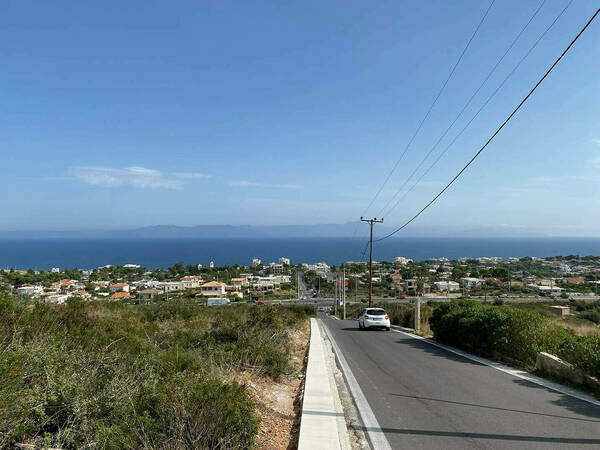
The community was the site of a deadly wildfire in July of 2018. The temperatures during that day hovered around the 100-degree mark, with high winds buffeting the village. The fire started on the peak of a nearby mountain and spread in a little over three hours to the sea and took over 100 lives, all but destroying the town. This was the highest death toll due to wildfires in Europe in over a century. The winds pushed the wall of flames to the coast, engulfing nearly 20 square kilometers. Contributing to the high death toll were the narrow streets and long blocks, which severely limited egress out of the community to the highways and surrounding areas. The cliffs bordering the sea prevented people from escaping to the beaches, where they could have been evacuated by boats.
During the fall semester of 2023, the students developed a 100-year master plan for the town along with commercial and public buildings that would use many of the lessons learned in California and other fire-ravaged places that embrace principles of fire-resistant urbanism, architecture, and landscape. Through their work, the students had a chance to contribute to the visualization of Mati’s renewal by providing a sense of place, resilience, and accessibility while at the same time generating foundational principles that can be used in many similar Mediterranean climates.
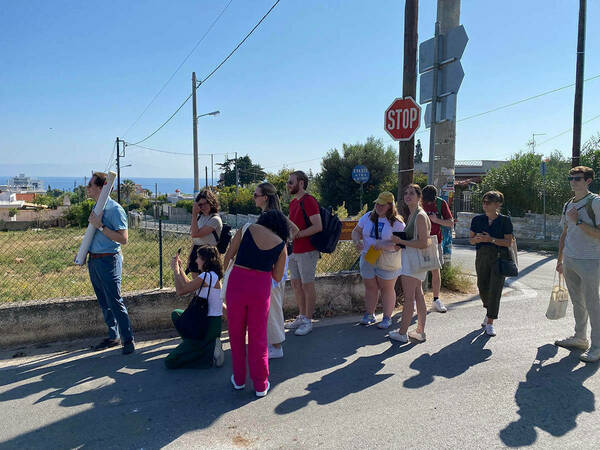
The major aspects of the master plan included fire defense zones to the vulnerable north and west sides of the town, fire-resistant urbanism along the primary and secondary streets to provide barriers to a spreading fire, development of high-quality and visible access to the coast along with piers to provide landing for possible evacuations and also summertime swimming opportunities. In addition to developing the urban master plan and a form-based code, the students were required to design a significant building, such as a new fire station with a lookout tower, hotels, a school, a public library, and a public swimming pool.
During their visit to Mati, the students met with residents, architects, and professionals versed in rehabilitating landscapes and towns after such devastations. After their site visit and discussions with locals, they were able to return to the Notre Dame campus with a changed understanding of the priorities they had assumed before the visit. The work for the remainder of the semester focused on applying what was learned from the visit to the 100-year master plan of the urban fabric of the community, the development of a form-based code and regulating plan along with their individual building designs.
Historical perspectives from Nafplion and Spetses
To acquire a sense of place and see relevant precedents, the students traveled to two exemplary vernacular Greek towns representative of some of Greece’s wealth of traditions: Nafplion and Spetses. By being there, the students could observe and experience regional urbanism and architecture firsthand. These two towns also had specific lessons for the students.
Nafplion (pictured above) sits on a promontory on the sea in the prefecture of the Argolid, with one side being the urban settlement and the other being characterized by a mesmerizing walk against the rocky mountain cliffs. Nature and culture are the two forces that have shaped cities and their buildings on all parts of the earth. The walk at Nafplion was a demonstration of what can be done to make a natural place more beautiful while also tending to accessibility and safety.
On the island of Spetses (pictured above), the students examined how the main village sits high above the beach and how the retaining walls and stairs allow for easy and safe transit while creating a beautiful sense of place. Spetses also has a modern traditional neighborhood that is an example of how an architect can look to tradition for inspiration and make an addition to a vernacular town that is both modern and beautiful.
Why architects need to travel
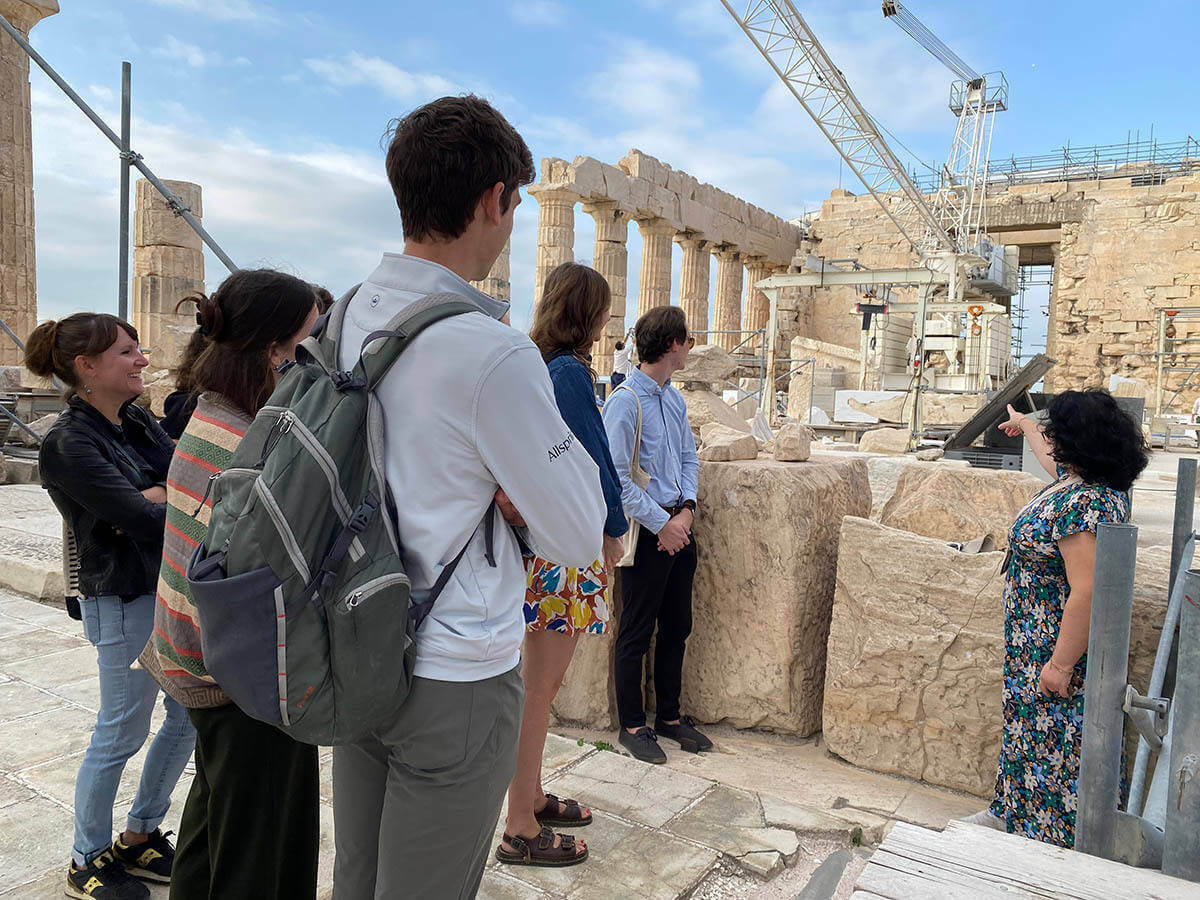
In addition to studying the site and exploring the precedents for their design work in the traditional villages and towns of central Greece, the students visited the Athenian Acropolis, the ancient city of Mycenae, and the ancient theater at Epidaurus. At the Acropolis, the group was granted special permission to enter the interior spaces of the Parthenon and given a lecture by Dr. Demetra Andrikou of the Greek Archeological Services about the history of the building and the current restoration efforts underway. At Mycenae, the students observed how four kingdoms shared the Argolic plain in ancient times and at Epidaurus were able to experience the impeccable acoustics of the theater.
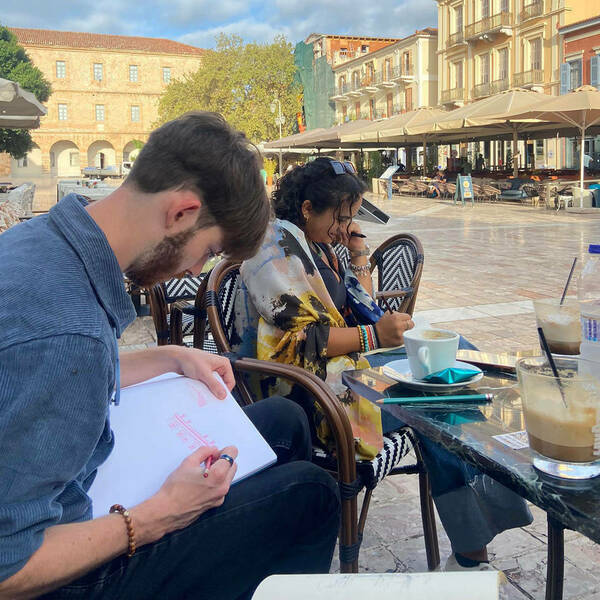
Architects need to travel to understand the history and context of the cultures, cities, and buildings they study. Only so much can be gleaned from books. Students and professionals alike often express how much travel changed their view of a culture. It is experiencing the cities, buildings, and many other aspects of a locality or region that are the gifts of such travel. In history, when one looks at the artistic capabilities of architects who traveled versus those who did not, the differences in the quality of the designs and world outlook are obvious.
In the fifth year, the Mati Studio took full advantage of the opportunity given to them by the Nanovic Institute. Being able to visit the site, its context, and additional towns and buildings contributed significantly to their knowledge. They brought about an optimistic vision for how cities, towns, villages, and buildings can be built more sustainably. As a result of this trip, these students will be able to visualize and design communities and buildings that are more accessible, resilient, and beautiful. The students will be able to more confidently provide sustainable, humanistic settings for the lives of the inhabitants of the cities and buildings they design as they unfold in the future.
Students: Rob Baranko, Leanne Bujalski, Andrew Carroll, Kyle Dellenbaugh, Elizabeth Hentges, Elise Maletta, Ben McCabe, Anselma Panic, Julia Rabito, Alegria Ubidia, Hannah Wahle.
